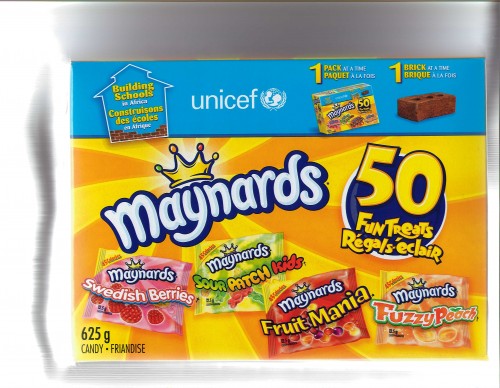I’ve been saying for ages that the sugar composition of high fructose corn syrup (HFCS) is no different from that of table sugar (sucrose).
Oops. A new study in the journal, Obesity, actually measured the amounts and kinds of sugars in 23 kinds of HFCS-sweetened drinks.
The findings are summarized in a fact sheet:
- The sugar content varied widely from amounts stated on labels. Some drinks had 15% less sugar than labeled, but others had as much as 30% more.
- On average, the drinks had 18% more fructose than expected.
- Several brands of sodas seemed to be made with HFCS that is 65% fructose, not 55%.
- The average amount of fructose in the drinks was 59%.
The press release points out one other finding. You know how everyone thinks Mexican Coca-Cola is so much more delicious than American Coke because it is made with table sugar (sucrose), not HFCS? Oops again. The investigators could not find any sucrose in the Coke, but did find plenty of glucose and fructose. This suggests that Mexican Coke is also made with HFCS (or it could also mean that the sucrose had been split into its constituent glucose and fructose).
To review the biochemistry: sucrose is a double sugar of glucose and fructose bonded together. HFCS is glucose and fructose, separated. The sucrose bond is quickly split in the intestine and its glucose and fructose are the same as those in HFCS.
The metabolic problems that result from sugar intake are mostly due to the fructose content. Less is better for health. More is better for the soft drink industry, however. Fructose is sweeter than either glucose or sucrose, and sweet is what sells sodas.
At most, HFCS is supposed to be 55% fructose, as compared to the 50% in table sugar. Most foods and drinks are supposed to be using HFCS that is 42% fructose. A percentage of 55 is not much different biologically than 50, which is why the assumption has been that there is no biologically meaningful difference between HFCS and table sugar. This study, if confirmed, means that this supposition may need some rethinking.
The study names the beverages that contain 65% fructose: Coke, Pepsi, Sprite. It identifies Dr. Pepper, Gatorade, and Arizona Ice Tea as containing close to 60% fructose.
If, in fact, the percentage of fructose is higher than advertised, it’s another good reason to avoid sugar-sweetened beverages.
Addition and possible caution: I’ve now heard separately from two experts on measuring sugars in beverages who point out serious flaws in the methods used in this study:
- The results are based on one beverage sample, analyzed once. Analytical methods invariably produce ranges of values and require multiple samples and analyses.
- Measuring sugars in beverages is technically challenging and there are several possible methods, some of which give more accurate results than others. Although the paper says the investigators used standard methods, it does not specify which.
- The methods used did not seem to detect the small starches or maltose that are always present in HFCS. If the methods “read” the little starches as fructose, the percentage could easily have been 59 rather than 55.
- The drinks that contained 65% fructose were bottled drinks, and that is a concern. The fountain drinks are mixed by the company–McDonald’s or Burger King–and could have been made too concentrated by whoever did the mixing.
- The failure to find sucrose in Mexican Coca-Cola could be two to two reasons: the Coke is old and the sucrose “inverted” (split into glucose and fructose), or the company used HFCS instead of sucrose.
The bottom line remains the same: it’s best not to eat too much sugar or any kind.
Addition, October 27: Cara Wilking, an attorney with the Public Health Advocacy Institute in Boston, notes that this study raises the possibility that HFCS violates federal prohibitions against:
- False and misleading food labeling
- Food adulteration
- False and misleading advertising
It will be interesting to follow how the lawyers deal with these issues.


